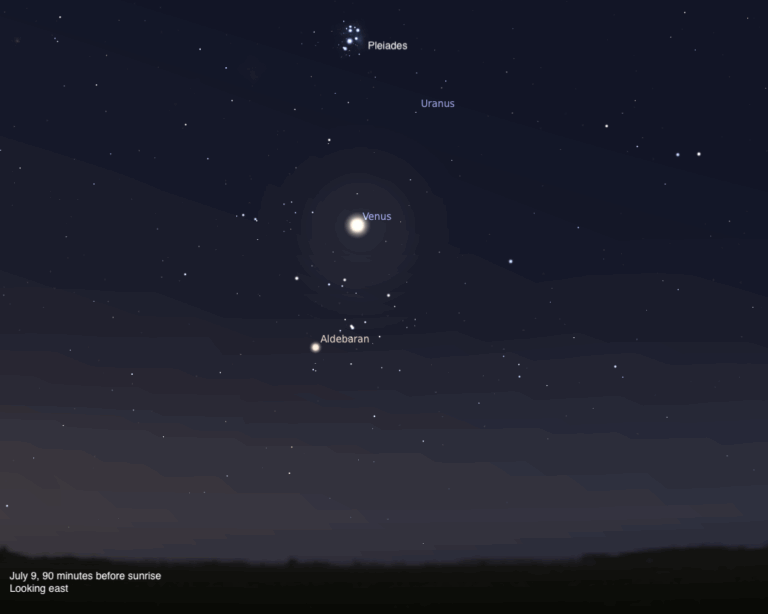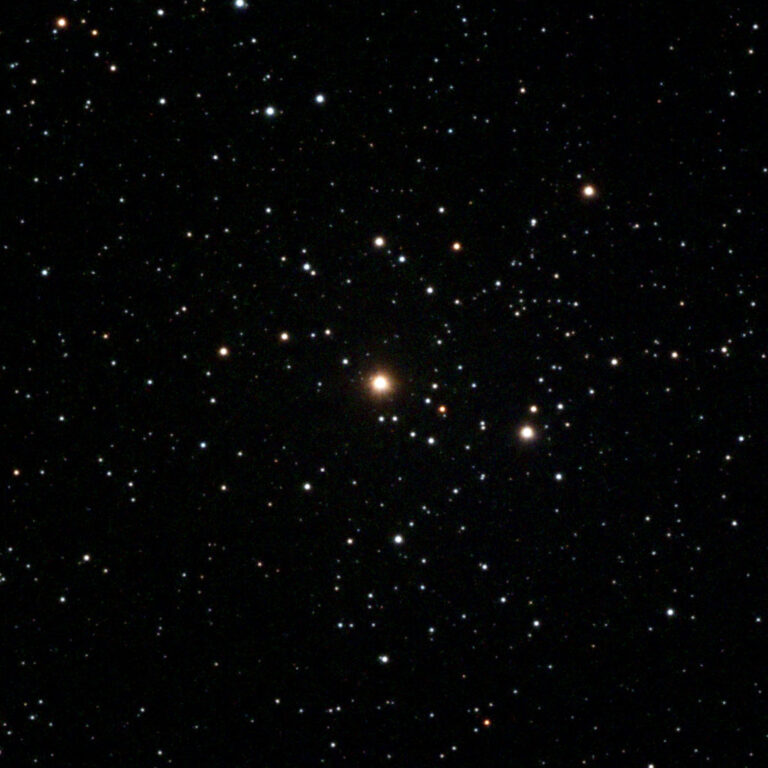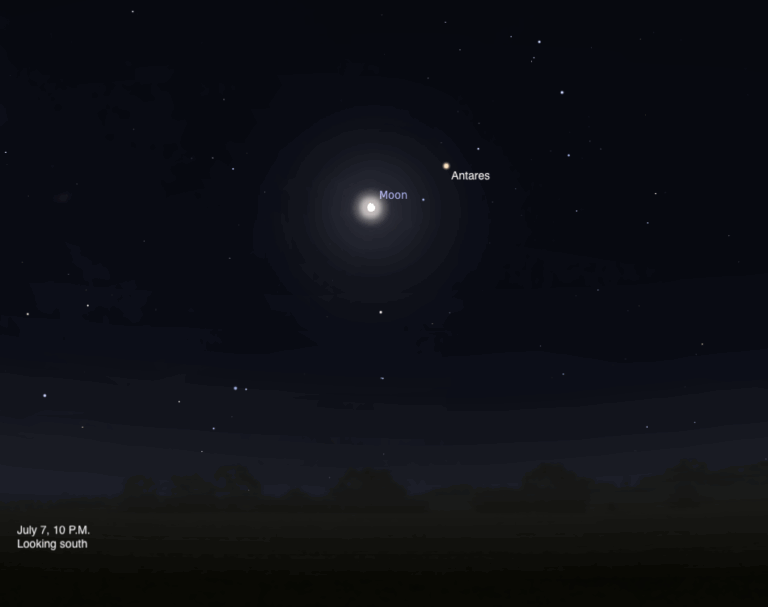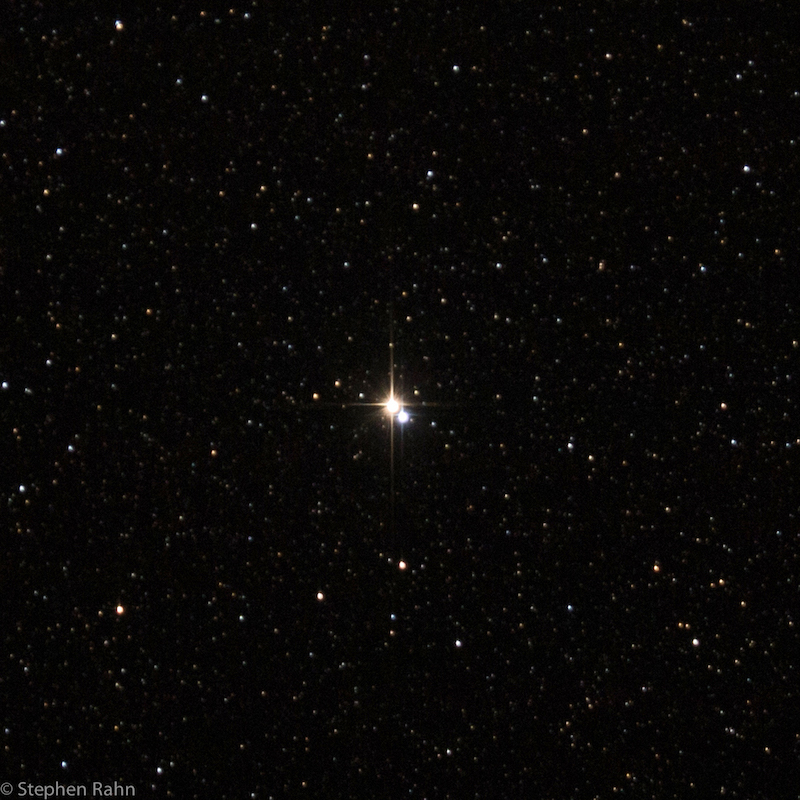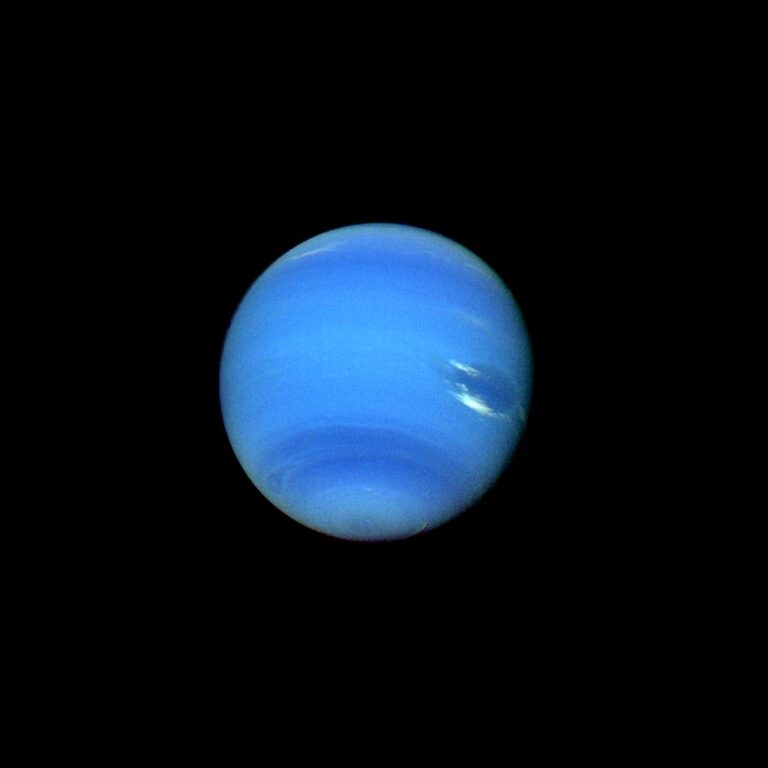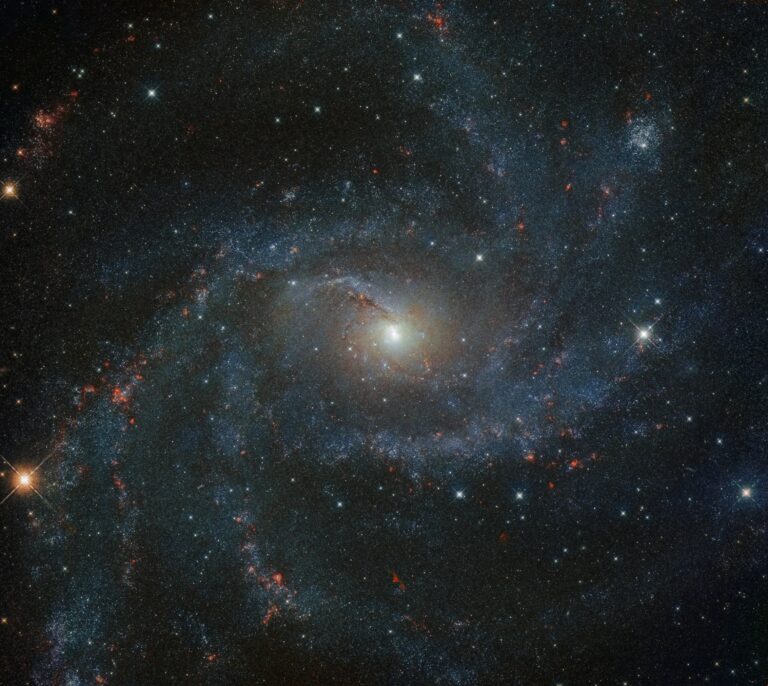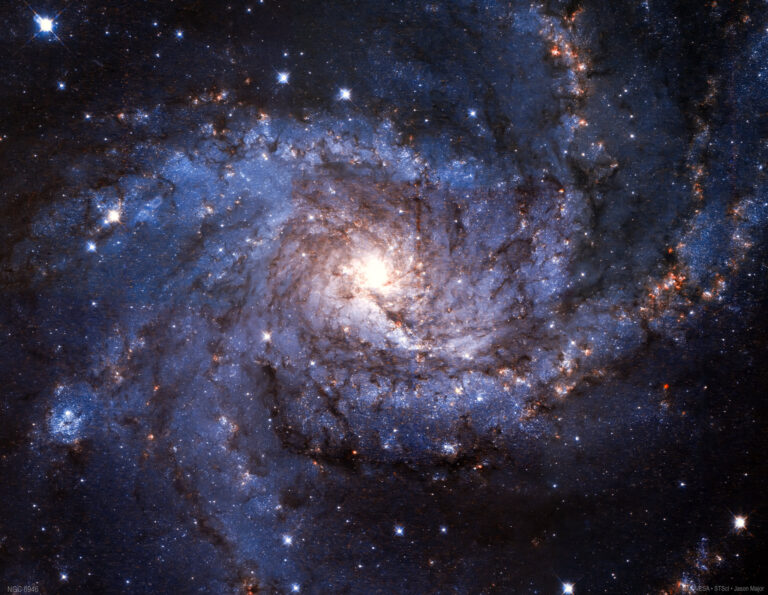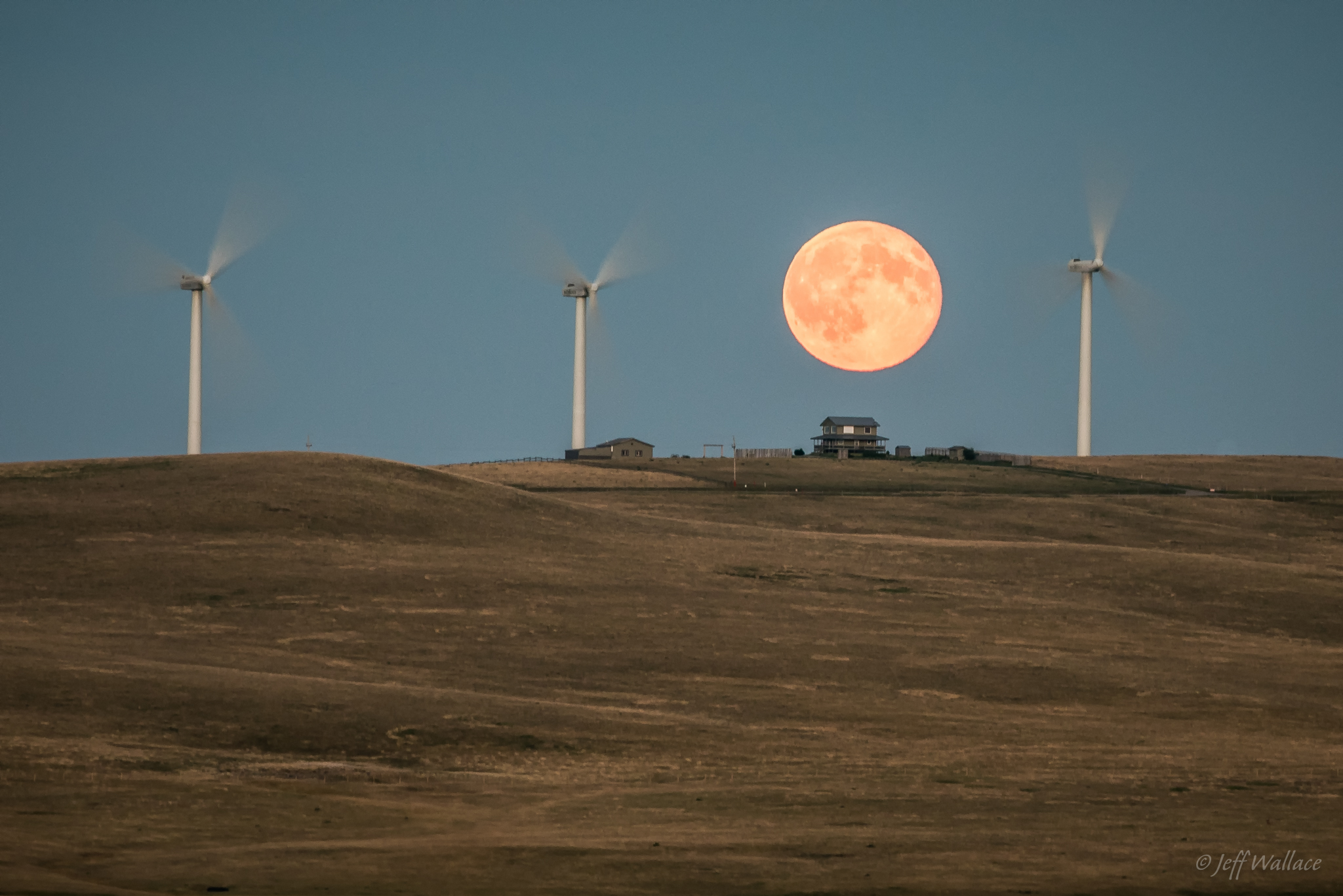
Key Takeaways:
- Tonight's full moon, also called the Buck Moon, is unusually far south.
- The moon's low arc across the sky may make it appear yellow or orange.
- This is due to a major lunar standstill affecting the moon's path.
Full Moon occurs at 4:37 P.M. EDT this afternoon and will rise in the southeast around the time the Sun is setting in the northwest. The July Full Moon is also called the Buck Moon, and this month our satellite also rises at its farthest point south in 18.6 years: some 7° more southerly than usual. Over the course of the night, the Moon will travel from southeast to southwest, arcing low through the southern sky. Even at its highest, about an hour after local midnight, the Moon never climbs above about 20° in altitude.
We are currently in the midst of a phenomenon called a major lunar standstill, which occurs because of the inclination and motion of the Moon’s orbit around Earth. During this time, the Moon rises and sets at its greatest northern and southern positions in our sky, and furthermore these positions don’t appear to significantly change from month to month for a time — hence, the term “standstill.”
Because it is tracing a low arc through the sky, the Moon’s light must pass through more of Earth’s atmosphere to reach our eyes. You may notice the Full Moon looking yellow or even orange, rather than its normal bright white, as a result.
Sunrise: 5:41 A.M.
Sunset: 8:30 P.M.
Moonrise: 8:57 P.M.
Moonset: 5:01 A.M.
Moon Phase: Full
*Times for sunrise, sunset, moonrise, and moonset are given in local time from 40° N 90° W. The Moon’s illumination is given at 12 P.M. local time from the same location.
For a look ahead at more upcoming sky events, check out our full Sky This Week column.


